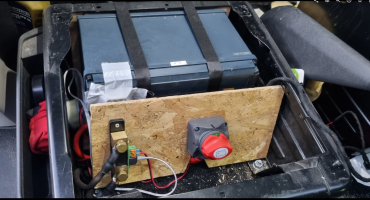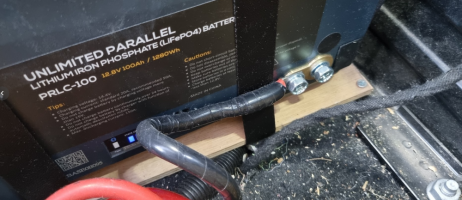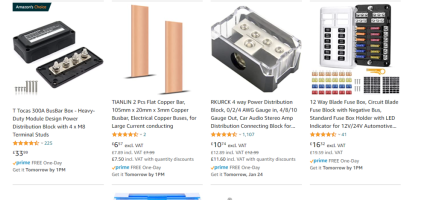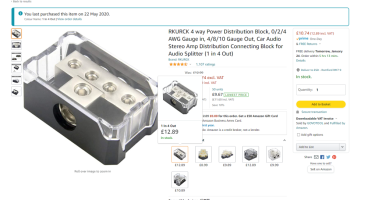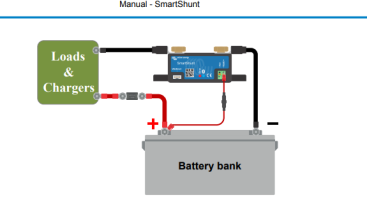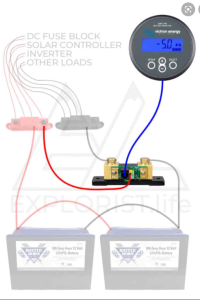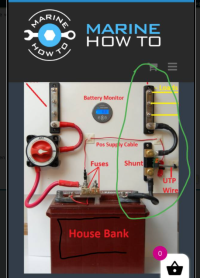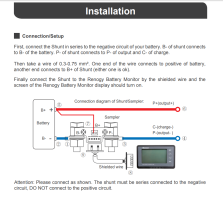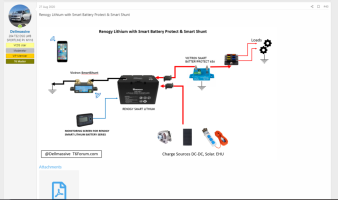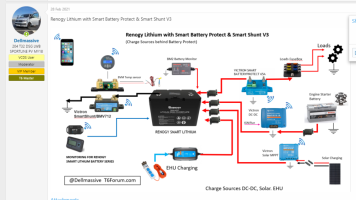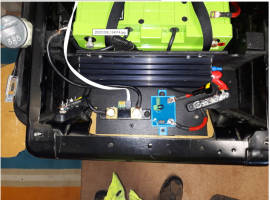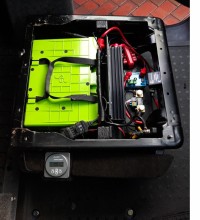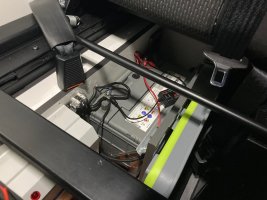Hi all,
I’ve read as much as I can find relevant to this problem and hoping for some expert advice.
I’ve purchased a 500A Renogy Battery Monitor (I think you are all familiar). The installation is simple enough, except the bolts on the shunt are 10mm and all my accessories (negative terminal connections) seem to be 8mm. What’s the simplest way to resolve this?
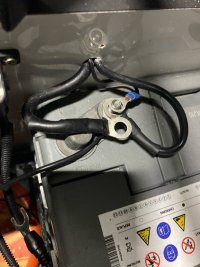
I’ve read as much as I can find relevant to this problem and hoping for some expert advice.
I’ve purchased a 500A Renogy Battery Monitor (I think you are all familiar). The installation is simple enough, except the bolts on the shunt are 10mm and all my accessories (negative terminal connections) seem to be 8mm. What’s the simplest way to resolve this?
- Is it best to use a bus bar? I have a conventional camper - fridge, diesel heater, LED lights, 100W solar. 100A sufficient? Any recommendations? Do I need to ground a bus bar?
- Or is there some kind of clever adaptor I can use?


